When thinking about a regular fast, what is the first thing that you think of? More than likely, suffering. You might be thinking that you have to go for days without eating solid food and can only drink water. Visualize this instead – you’re going to be eating fatty foods for a few days at a time and little else. Keep reading if this sounds good to you.
To get into ketosis quicker, a lot of keto dieters fat fast. It means that for several days, you limit your calories to up to 90% fat. In general, you’ll need to cut your calories; however, you won’t feel as hungry as you would if you were doing a water fast because you’ll be eating fat, which keeps you feeling fuller longer.
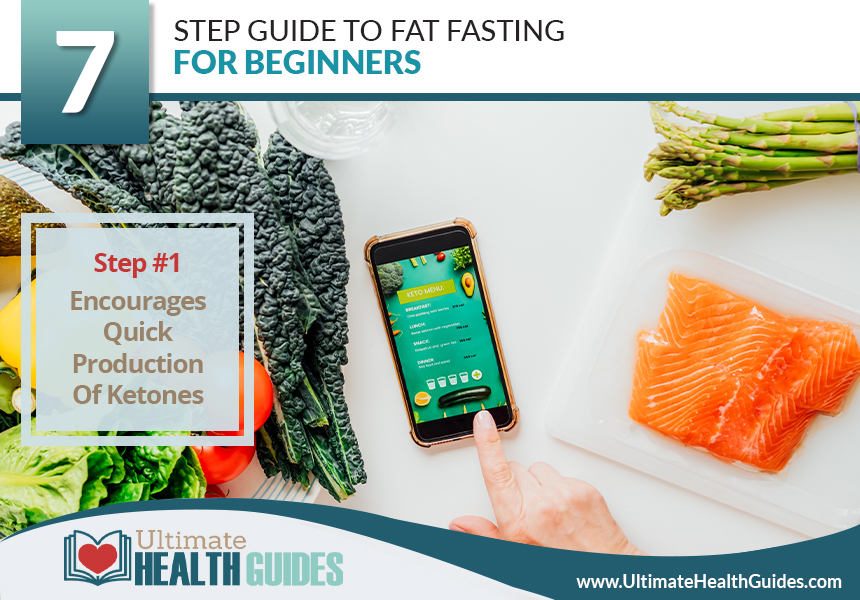
1Encourages Quick Production Of Ketones
In order for your body to stop using glucose and switch over to fat for its fuel, you will need to limit your carbs and calorie consumption. Because you are not feeding your body other nutrients like carbs, which the body could use as energy, it makes your body burn fat. Fat fasting encourages you to lower your overall calories from 1,000 to 1,200 per day.
This is in addition to consuming a real high-fat diet for several days. Producing ketones as fast as possible is why fat fasting was designed. It is the metabolic state in which the body burns the most fat.

2Fat Fasting Is Popular Among Keto Dieters
By following a regular keto diet, you will be able to get into ketosis. A quicker way to get the same results is to fat fast. The quicker you get into the ketosis stage, the quicker you will stop burning glucose and become a fat burner instead.
If you have reached a plateau with your results after being on keto for a while, it’s really beneficial. This is why the fat fast is so well-liked by folks who follow the keto diet plan. If you have fallen out of ketosis or want to get over the keto flu quicker, a fat fast will remedy that.
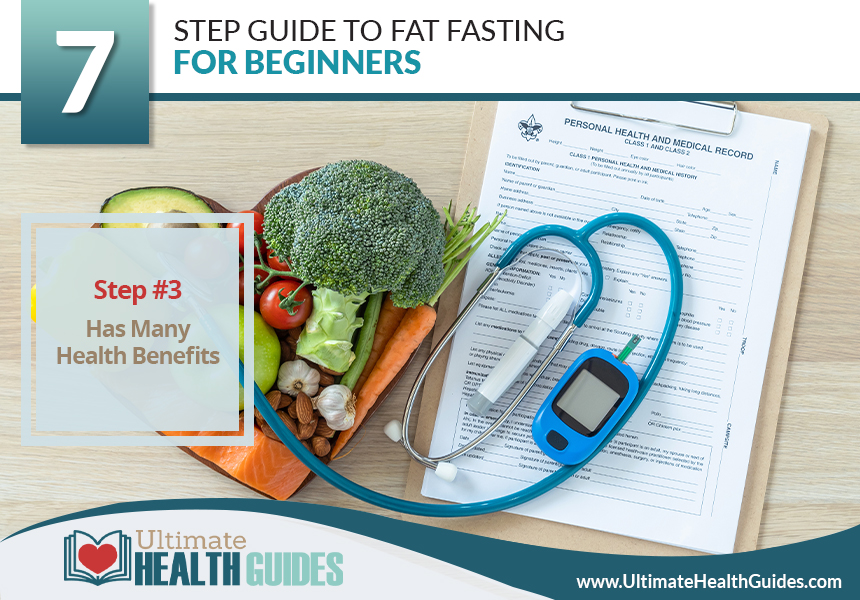
3Has Many Health Benefits
Quickly losing unwanted weight is the key benefit of the fat fast. Having a calorie deficit puts your body into the state of ketosis, so it can burn fat for the body’s fuel. Although the benefits of eating a low-carb, high-fat diet have been established, there is very little research on fat fasting in particular. Type 2 diabetes has been reversed by many people following a high-fat, low-carb diet.
There are many health benefits in general of eating a diet that is high in fat; however, there are few, if any, studies showing the effects of the fat fast diet. When you combine them with low-carb eating, these benefits will be multiplied. For instance, studies indicate that high-fat diets support heart health, reduce inflammation, improve brain function, and improve symptoms of depression.

4Floods Your Body With Ketones
Ketones are constantly supplied to the body when you are on a fat fast. When your body switches from glucose to fat, you’ll notice that you have less mental fatigue and more energy. There are a lot of folks that have reported losing more weight and having an easier time exercising. A hormone that stores fat is insulin.
The glucose that isn’t being utilized is sent to your adipose and stored in its tissue. Ketones, on the other hand, do not get stored as fat. They are either excreted through the urinary system or used instantly as energy. In other words, there isn’t extra energy that needs to be stored somewhere to be used at a later time.

5Follow Calorie Restrictions
Every day, you’ll need to keep your calories in the range of 1,000 to 1,2000 during the fat fast. Your calorie consumption has to contain 80% to 90% fat, and the other ten percent is for calories from other foods. You’ll still need to make sure that the remaining calories contain no more than five percent carbs if you are on the keto diet. You will stay in ketosis by doing this.
By inundating your body with foods that are almost all fat, it won’t be long before you enter ketosis from all the ketones your body is quickly producing. It is okay for you to be on the fat fast for up to three days. If you are just beginning, we don’t endorse exceeding this time frame.
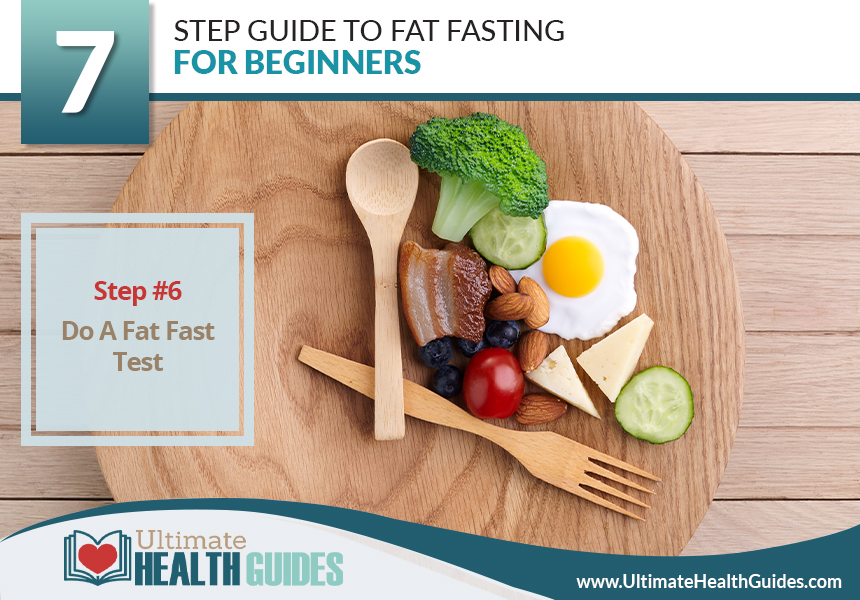
6Do A Fat Fast Test
You can become fatigued and malnourished by critically limiting your caloric intake for several days in a row. Also, you are in danger of losing muscle mass if you are not eating enough protein. Starting with a two-day fast is a good idea because it will let you know how you will react before fasting for longer periods.
After two to three days of fat fasting, your body should begin producing enough ketones to allow you to go back to your regular keto diet. This is the stage where your results should be continuing. We suggest that you wait for two weeks before fasting again.
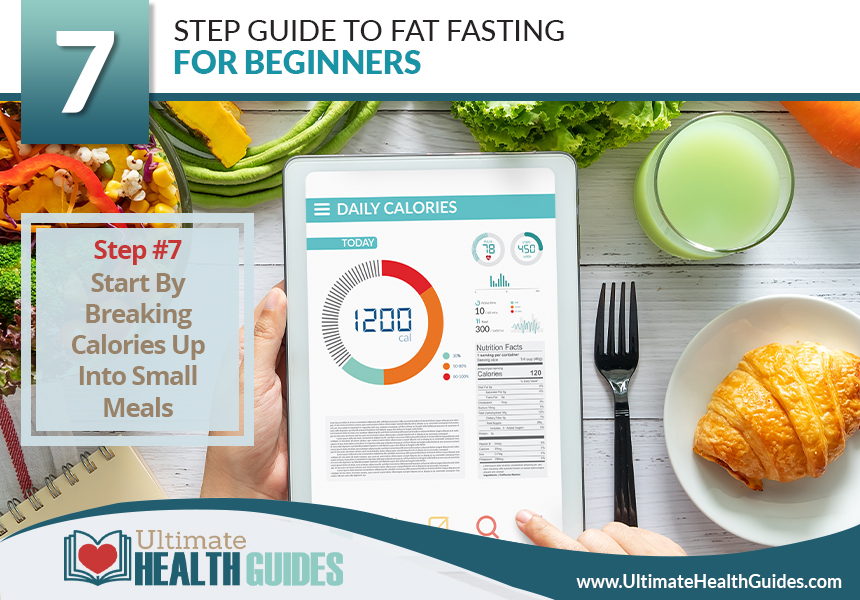
7Start By Breaking Calories Up Into Small Meals
Your fat fast can begin when you drop your daily calories from between 1,000-1,200. To help you feel full, you can break them up into several smaller meals. To increase your antioxidant and fiber intake, you can combine your low-carb and high-fat foods. Concentrate on broccoli, spinach, cauliflower, cabbage, and kale.
You can snack on fat bombs in between meals and add grass-fed butter and MCT oil to your coffee. Steer clear of the foods that you normally avoid on a ketogenic diet, including milk, beans, grains, bread, rice, and most fruit, except for berries, processed foods, and potatoes. These foods are not good sources of fat, but they are high in carbohydrates.
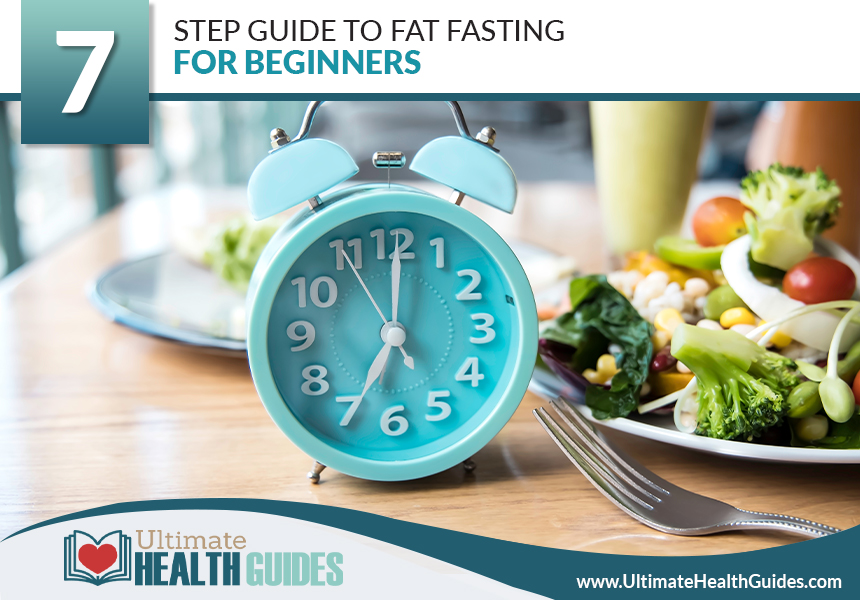
Limiting your caloric intake between 1,000 to 1,200 for two to three days is required on a fat fast. Getting 80%-90% of your calories from fat will also be required on the fat fast. When folks on the keto diet hit a plateau with their weight loss results, they use it to get over the hump.
The fat fast diet sets your body in motion to produce ketones, which helps you get into ketosis, where instead of burning glucose, you burn fat for fuel. If you are already on the keto diet and know about being fat-adapted, we suggest only using the fat fast diet. Changing your diet in a big way could cause unwanted symptoms, like digestive issues, fatigue, and problems focusing.














